 Research and personal experience continue to show the critical importance of exercise for people with Parkinson’s. Regular physical exercise can improve mobility and coordination, boost your mood, reduce stiffness, minimize soreness and fatigue and may even slow down the progression of Parkinson’s itself.
Research and personal experience continue to show the critical importance of exercise for people with Parkinson’s. Regular physical exercise can improve mobility and coordination, boost your mood, reduce stiffness, minimize soreness and fatigue and may even slow down the progression of Parkinson’s itself.
In this post, we help you explore how to start adding more movement into your daily routine as you learn the many benefits of exercise for people with Parkinson’s.
Exercise not only improves your general health, but it also has specific physical, mental and emotional benefits as you live well with Parkinson’s.
Exercise can positively affect:
- Mood and self-confidence
- Cardiovascular health
- Bone health
- Cognitive function
- Sleep
- Digestion and constipation
- Fatigue
- Gait and balance
- Functional mobility
- Rigidity, stiffness and slowness
- Tremor
- Fine motor skills
Exercise can reduce motor symptoms such as rigidity and postural instability. Practically, exercise can make it easier to get in and out of chairs, cars or bed. It can also have a significant impact on your balance and gait.
Exercise can also reduce non-motor symptoms including sleep, constipation, depression, fatigue and cognitive function. Exercise not only reduces daytime fatigue and sleepiness, but it can also help you sleep more soundly at night. In addition, exercise releases mood-boosting endorphins and can help regulate digestion and improve constipation.
The more active I am, the better I feel. – Carl Ames
Neuroprotection
Exercise for people with Parkinson's can be especially important because research has shown that it might be neuroprotective. Research is exploring the possibility that exercise helps protect nerve cells that are at risk for damage, degeneration or cell death. In other words, the cells that are most vulnerable are strengthened before they experience damage – thanks to exercise. This process, called neuroprotection, may occur with high-intensity aerobic exercise.
The idea that exercise can protect nerve cells is not unique to Parkinson’s. Exercise has also been shown to mitigate depression, limit memory problems associated with normal aging and reduce the risk of developing Alzheimer’s. It is not known what specific type of exercise has the greatest potential for neuroprotection, but intensive, high-energy aerobic exercise has shown the most promise and is actively under study in people with Parkinson’s.
Exercise and the Brain
Exercise and movement may also help your body and brain find new ways to move. Parkinson’s damages parts of the brain, and exercise aids your brain in discovering new nerve cell connections. This process is called neuroplasticity, and can be thought of as disconnecting the old wires in the brain and redirecting to new wires to make different pathways.
Using these alternative brain pathways may enable you to perform and gain strength in a task you otherwise have trouble performing. For instance, people with speech problems might be able to sing, or those who have difficulty walking might be able to dance or march to music with a certain beat because these tasks also engage different areas of the brain.
Exercise for people with Parkinson's can help at any time during the progression and the earlier you start, the better. While the practical philosophy for exercising with Parkinson’s may be “use it or lose it,” it is never too late to add more physical activity into your day. Not only will daily exercise make you feel better in general, it may help slow the changes brought on by both Parkinson’s as well as aging.
Whatever form of exercises or movement therapy you choose, you need to follow-through with it. Make it a habit. Pick something you enjoy doing and you’ll be more likely to stick with it. – Davis Phinney
Like Davis said, choosing exercises you enjoy will make it easier to get started and continue with exercise as a part of your lifestyle. The types of exercise you choose may change with time; however, incorporating some form of physical activity into your daily routine is what’s important.
It is also important to incorporate a number of different types of exercises that specifically target your individual symptoms.
A comprehensive exercise program includes:
- Aerobic or cardiovascular activity. This can include any exercise that increases your heart rate such as walking, hiking, dancing, swimming or riding a bicycle. As always, pick something you enjoy doing. You are more likely to stick with it if you enjoy it
- Flexibility and stretching. Certain muscles feel tight and stiff with Parkinson’s. These are the primary muscles that flex your arms, shoulders, hips, knees and ankles. Stretching can reduce the impact of Parkinson’s-related stiffness that affects your body’s movement
- Strength training. Stronger muscles reduce the amount of energy you spend on everyday movements, resulting in less fatigue throughout the day as well as greater stamina
- Balance and fine movement control. It is important to include exercises that challenge your balance, hand-eye coordination and fine motor control with your hands
- Weight-bearing exercise. Walking, running and exercise that include foot impact can improve bone strength and lower risk of fractures due to falls
- FUN! Pick exercises you enjoy. Our Pre-Exercise Worksheet can help you start the conversation with your healthcare provider before beginning or increasing the intensity of your exercise program
Before starting or increasing the intensity of an exercise program, be sure to have a conversation with your healthcare professional about anything specific to your symptoms and health that you should be aware of as you exercise.
Ease yourself into exercises that can be increased in intensity over time. Choose activities that are enjoyable and challenging, but do not induce too much anxiety or stress. You may notice an increase in tremor during or after training, which is due to fatigue. Typically, this will return to normal after the session is over and you’ve had a chance to rest. Certain exercise routines may also increase the risk of dangerous falls if you experience problems with balance.
A physical therapist (PT), especially one with expertise in exercise for people with Parkinson's, can help you design your exercise program to avoid injury, ensure you are doing the right exercises and help you organize your program to get the most out of your routine. Your physical therapist will perform a comprehensive assessment and define the areas that need improvement by reviewing your experience with exercise, analyzing your current level of conditioning and helping to identify potential future issues that your program can target and may ultimately prevent.
The way each person experiences the symptoms and challenges of Parkinson’s varies with age, years since diagnosis and level of physical activity (or inactivity). In the same way, the way that you exercise with Parkinson’s will vary. What feels good today might not be the exercise you choose tomorrow. That’s okay. Your routine will vary from what your neighbor does or what others in your Parkinson’s community do.
The important thing is to start. Baby steps, either literal or proverbial are fine, but you need an ambition — stop waiting and start moving – Davis Phinney
A variety of exercise routines are being studied for how they benefit people living with Parkinson's, including bicycling, walking, dancing, Nordic walking, boxing, tai chi, yoga and more. The activity you choose will depend on what you want from an exercise routine. The best evidence supports aerobic physical activity that increases your heart rate for at least 20 to 30 minutes at a time, at least three times per week. Activities like jogging, swimming, tennis or even home chores such as raking leaves or shoveling snow can serve as this kind of exercise. Consider watching the Parkinson’s Exercise Essentials Video for more information about how to start or continue an exercise program specific for people living with Parkinson’s.
Ultimately, how you choose to exercise is up to you. What is most important is that you start and continue moving.
Worksheets:
Exercise Journal
,
Pre-Exercise Worksheet
Parkinson's Exercise Essentials Video


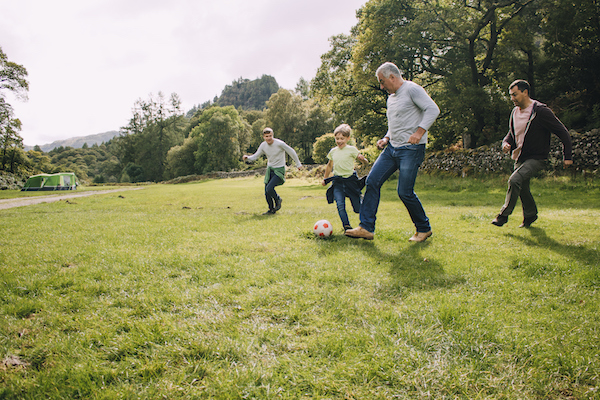






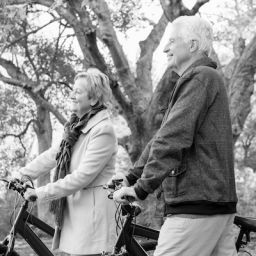
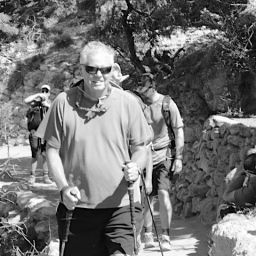




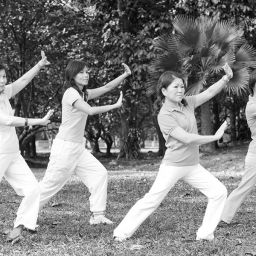

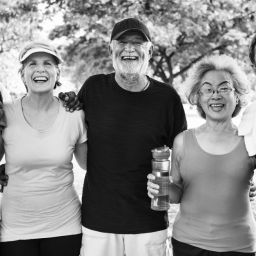

I have been diagnosed about six months ago. So I am just getting started interesting article
Hi William – We’re glad you found your way here. And we hope that you find what you need as you begin your journey of living well with Parkinson’s.
I.m 77, currently living in MN. Moving to Broward county. Parkinson disease seems endemic in my family. Looking for exercise group nearby. Have good result with BIG and LOUD workouts.
Hi Tom,
This might be a good place to start. I bet the people in this group will have lots of recommendations for local exercise classes. Best of luck on your move.